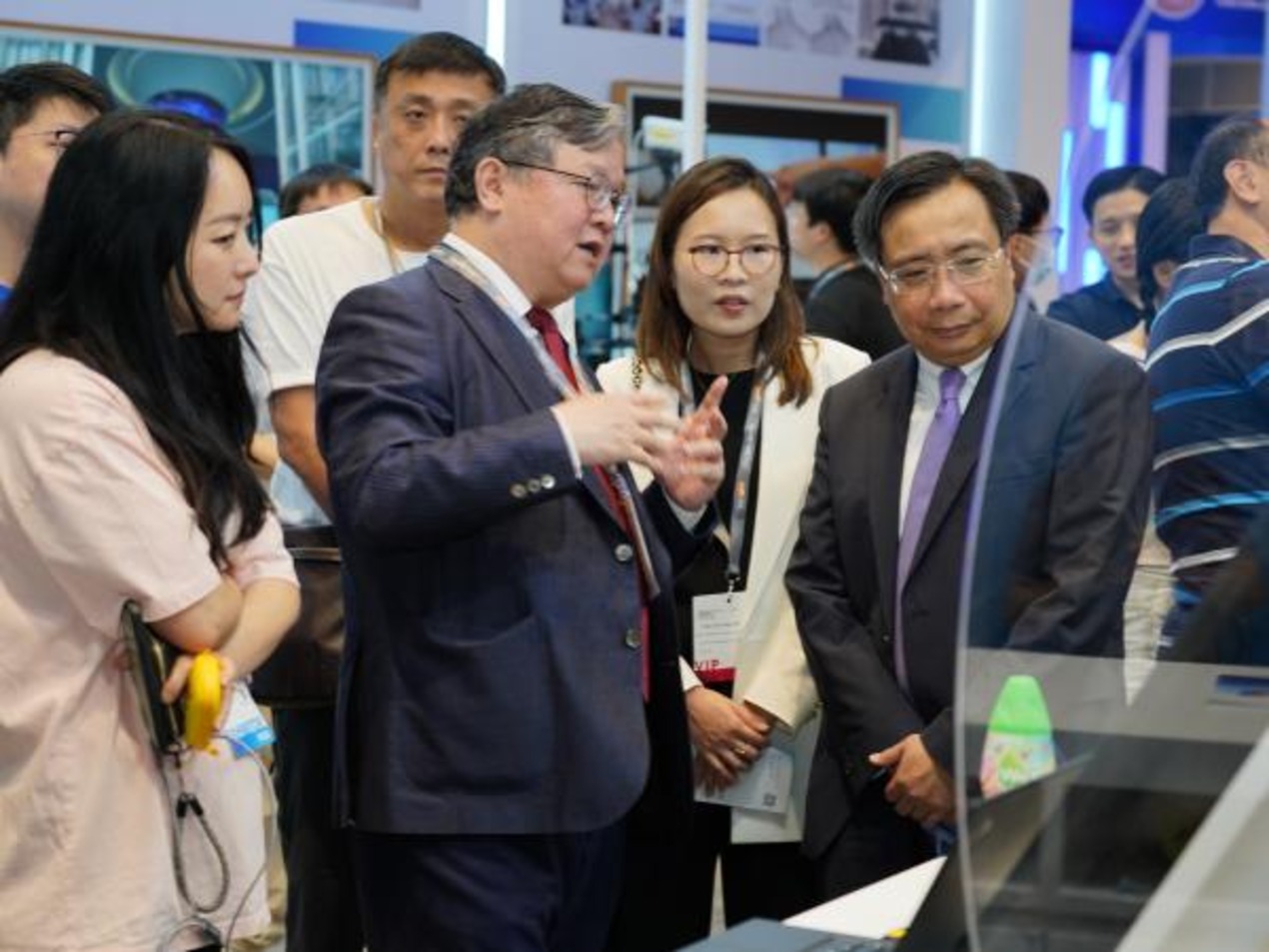
The Singapore Business Federation (SBF) and Infocomm Media Development Authority (IMDA) have officially renewed a Memorandum of Intent (MOI) on 22 September 2020 to reaffirm both party’s continued commitment to help drive digital transformation across the Singapore business community, promote the adoption of digital technologies and position them to seize opportunities in the digital economy over the next three years.
Mr Lew Chuen Hong, Chief Executive of IMDA said, “Digital transformation is necessary for businesses to grow and thrive in this new economic reality. Companies that can quickly move to adopt digital technologies and leverage digital platforms, stand to benefit not only from operational efficiencies, but importantly, the potential to scale and reach more partners and customers beyond Singapore. As IMDA leads Singapore’s digital transformation, the collaboration we have with SBF underscores the importance of supporting our businesses to catalyse growth in our Digital Economy.”
The areas of focus include:
Digital Transactions between Businesses – Help businesses understand and adopt digital B2B technologies such as e-invoicing and e-signatures, through outreach and awareness activities, and work with key industry partners to raise their level of adoption.
Digital Economy Agreements (DEA) and Cross Border Data Flows – Help businesses understand how they can leverage Singapore’s DEAs and initiatives such as the APEC Cross Border Privacy Rules and ASEAN Cross Border Data Flows Mechanism to operate seamlessly across borders.
SMEs Go Digital Outreach – Support the development of digital platforms and outreach to SMEs to help them understand their current digital readiness and facilitate the adoption of suitable digital solutions.
Empowering People & Embracing Digitalisation for Resilience & Resurgence
Speaking at this year’s Future Economy Conference and Exhibition (FECE), Mr Lim Ming Yan, Chairman of SBF said, “The COVID-19 situation has highlighted the need for businesses to adopt digital transformation to remain relevant and competitive. This collaboration between SBF and IMDA seeks to provide relevant support to businesses in their digital transformation efforts, including efforts to push boundaries and explore new growth markets.”
FECE 2020, from 22 to 23 September, features 19 industry-leading speakers from businesses such as banking, logistics, e-payments and e-commerce.
Themed “Empowering People & Embracing Digitalisation for Resilience & Resurgence”, this year’s FECE is held online and more than 1,000 business owners and leaders have registered. The focus for FECE 2020 is on how businesses can optimise their digitalisation efforts and upskill their talent to reap sustainable business growth during this challenging period.
FECE 2020, now into its fourth annual edition, is organised by SBF in collaboration with five government agencies as strategic partners – Ministry of Trade and Industry, IMDA, SkillsFuture Singapore, Enterprise Singapore and Workforce Singapore – and 26 trade associations and chambers as supporting organisations.
















